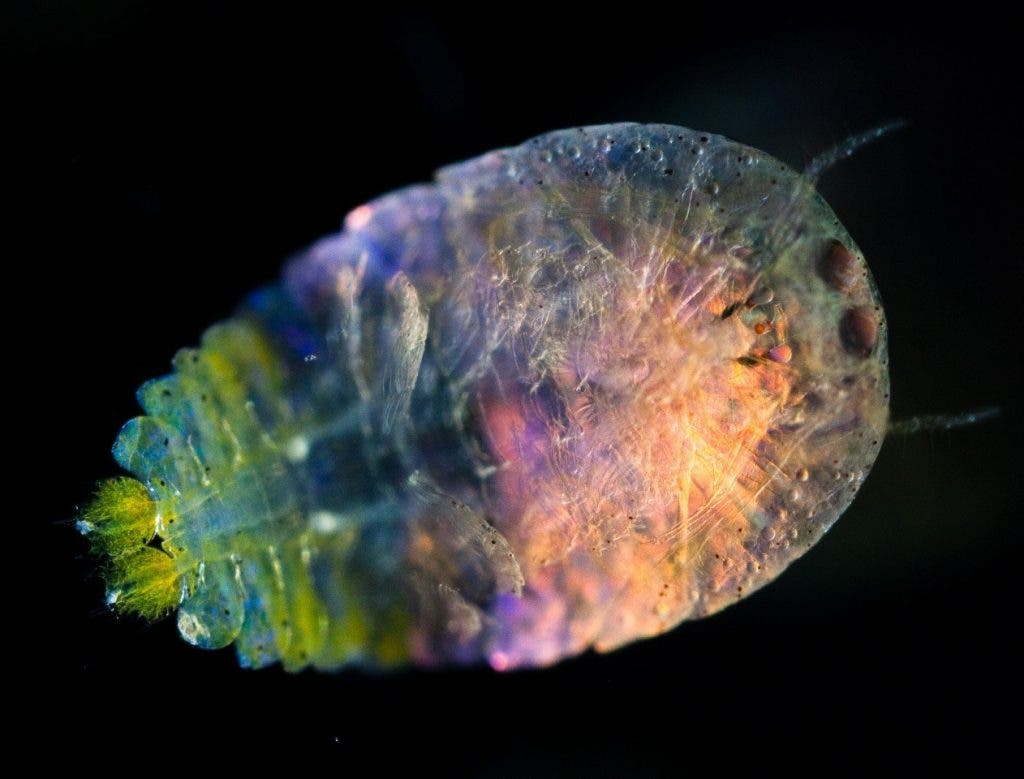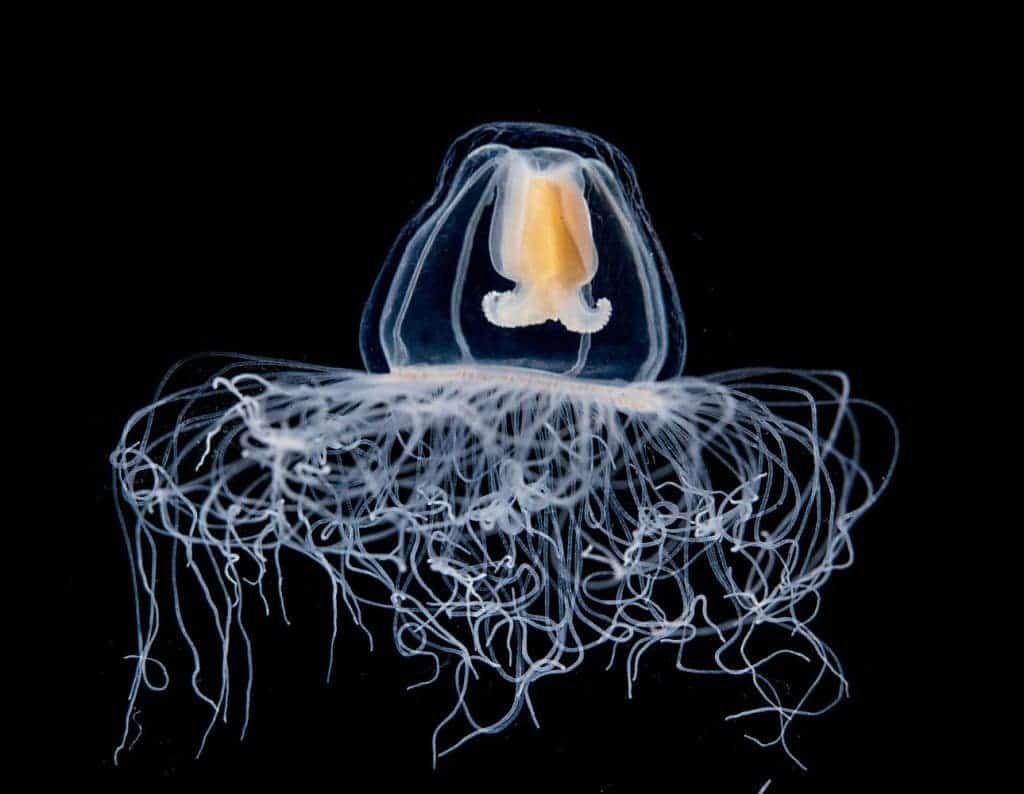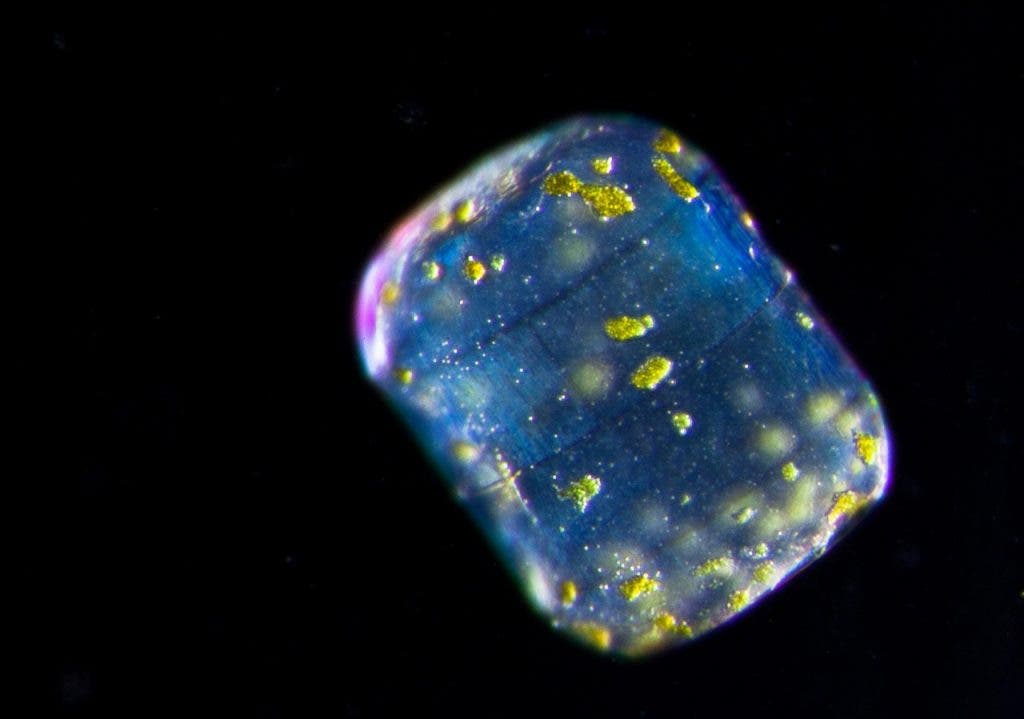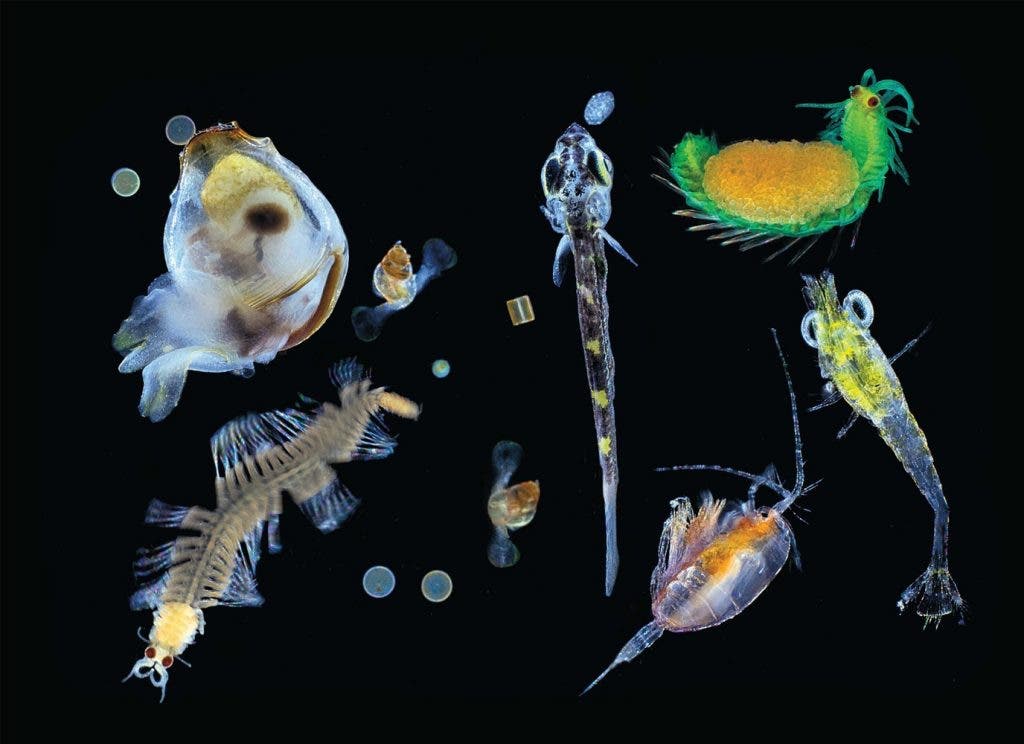
In one of the most amazing marine science studies I’ve seen in a while,, a team of researchers scoured the world’s oceans fishing for microbes, viruses and other tiny life during a three and a half year trip aboard a schooner. The trip was long and arduous for sure, but ultimately it paid out – big time! They collected 35,000 samples at 210 stations over the voyage, and found 35,000 species of bacteria, 5,000 new viruses and 150,000 single-celled plants and creatures.
Most of these are new to science. Only a small fraction of the newly discovered and known species alike had been genetically sequenced, but results so far show just how interconnected and symbiotic marine life is. It also means it’s also vulnerable in the face of environmental changes, particularly climate change.
Ocean’s hidden plankton
Tiny organisms that live in the ocean like viruses, bacteria and protozoa (unicellular eukaryotic organisms) are collectively called plankton. These make up to 90% of all the mass of marine life and produce 50% of all the oxygen in the world by photosynthesis. They’re also at the very bottom of the food chain, being gobbled by small fish like the goldband fusiliers and large aquatic animals like whales. As such, the whole food web is dependent on plankton. Every marine biologist is aware just how important plankton is to ecosystem. What was missing was information on its diversity.
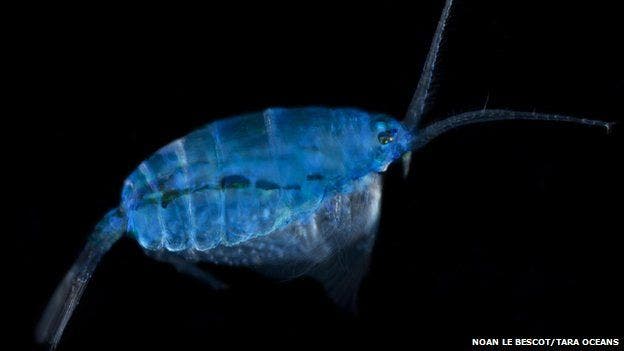
Between 2004 and 2007, the Global Ocean Sampling Expedition was launched with the goal of assessing the genetic diversity in marine microbial communities and to understand their role in nature’s fundamental processes. The project was funded by Craig Venter, a visionary pioneer who was one of the first to sequence the human genome. Venter, an accomplished entrepreneur, is also involved in a number of cutting-edge projects like fitting a genome sequencer on the next rover planned to land on Mars or synthesizing artificial bacteria. He’s a real badass, for sure. But while his ocean sampling expedition focused on collecting and studying marine bacteria, the Tara Oceans team went for a much bigger slice of the pie: plankton.
The team sailed more than 35,000 kilometers aboard the 36-metre Tara and collected 35,000 samples, from as close as the very top layers of water to 2,000 deep, where strange and bizarre light-depraved beings lie. Only 579 where analyzed so far, but the results presented in five papers published in Nature (1,2,3,4,5) are already heralded as milestones. Before Tara, biologists knew of 11,000 different species of plankton. There’s now evidence they found 10 times more. Of the 5,000 virus communities only 39 had been described by science before. And we might be only scratching the surface. Plankton is truly as diverse as it is big, collectively.

Image: EMBL-EBI/Tara Expeditions
“The whole project provides a really valuable database to enable us to interrogate the microbial ecosystems of our oceans in an unprecedented way,” says Jack Gilbert, a microbial ecologist at the Argonne National Laboratory in Illinois.
The real breakthrough was reported in the genetic analyses. Some 40 million genes were described, 80% unknown before. Then, they used this information to simulate how plankton communities interact. For instance, their models showed that based on their genetic makeup a flatworm belonging to the genus Symsagittifera would have a symbiotic interaction with a photosynthetic microalga of the genus Tetraselmis. To check, they collected worm specimens, put them under the microscope and found algal cells inside the worms and matched the DNA label of these algae to the ones predicted to be symbionts. This, along with other examples, makes it highly likely that their predictions on a wider scope – for the thousands of species – might also be on par.

Most importantly, the analyses showed that plankton, particularly bacteria, are vulnerable to temperatures shift. More so than changes in salinity or oxygen. This means global warming might be putting plankton, and consequently all marine life, at a greater risk than previously thought.
“It is temperature that determines what sort of communities of organisms we find. If we look at our data and we see what organisms are there, we can predict with 97% probability the temperature of the water they are living in,” said Dr Chris Bowler, from the National Centre for Scientific Research (CNRS), in Paris.
“These organisms are most sensitive to temperature, more than anything else, and with changing temperatures as a result of climate change we are likely to see changes in this community.”
Dr Bowler continued, speaking for the BBC: “The amount of data we have released is already enormous; it is one of the largest databases of DNA available to the scientific community. But we’ve analysed perhaps 2% of the samples we have collected throughout the world – so there is a huge amount of work to do in the future to understand even more about the functioning of these marine ecosystems and the importance of that for the wellbeing of the planet.
“So it’s really just the beginning of the study.”
Here are some of the most spectacular photos from the expedition:

